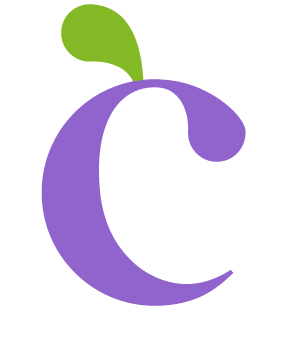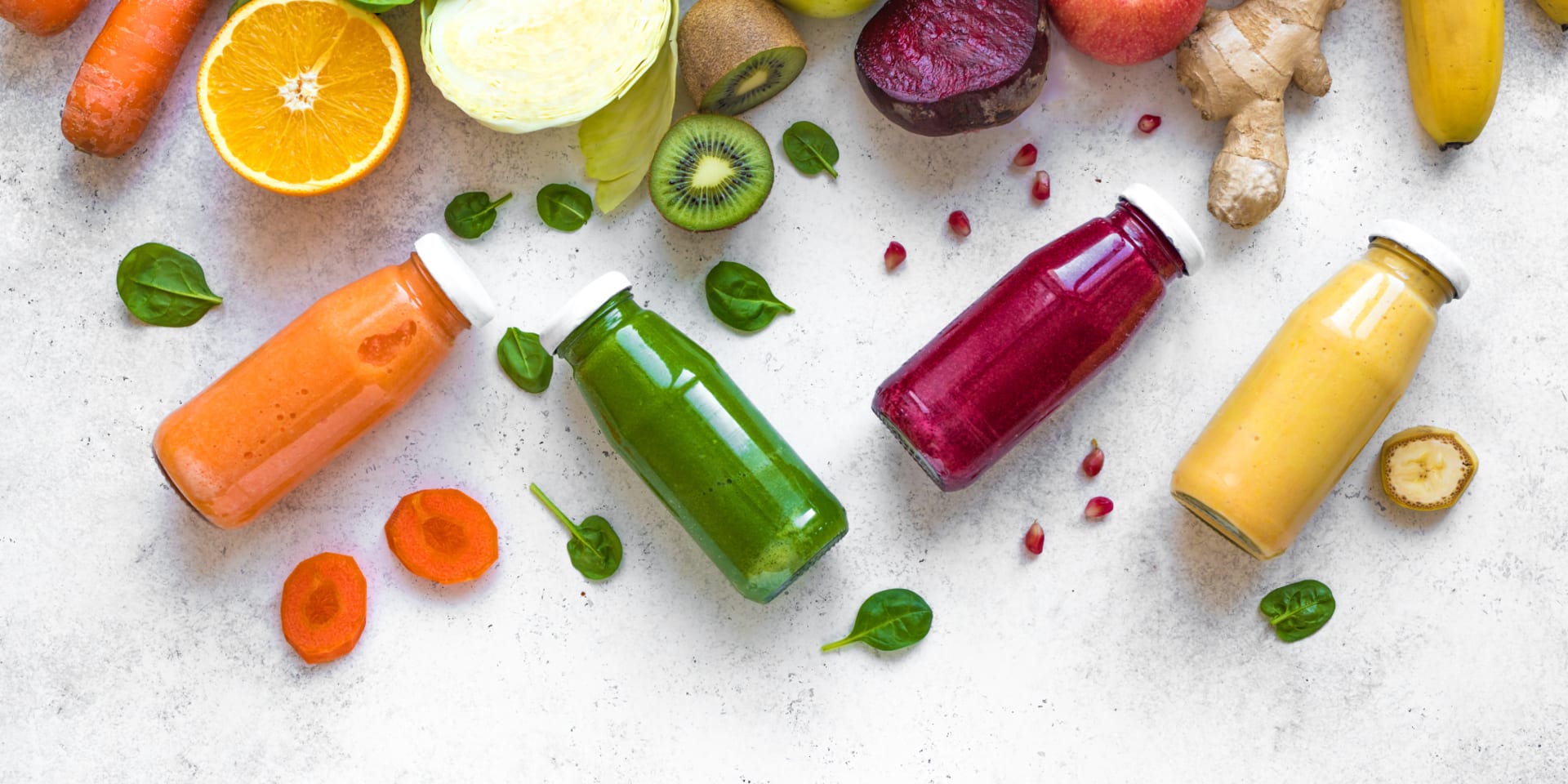DISCOVER THE NEW AEB ENZYMES FOR FRUIT JUICES!
WHETHER JUICE, PUREE OR JAM, FRUIT IS THE KEY INGREDIENT. RESPECTING ITS NATURALNESS AND QUALITY TO OBTAIN THE BEST END PRODUCT IS POSSIBLE THANKS TO OUR ENZYMES.
Pulpy or clear juices, nectars, natural purees, concentrates or semi-concentrates, jams, cubes: the possibilities for processing fruit are endless, but whatever the end product, the key principle is respect for nature and maintaining quality throughout the production chain.
ENZYMES FOR FRUIT PROCESSING
Preserving quality with high production yields and reducing energy consumption is possible thanks to proper enzymes. Indeed, their use has grown over the years, and today more and more producers are using pressing, maceration and filtration enzymes as important process aids in modern production lay-out to obtain brighter, more stable juices with higher yields in shorter time. Moreover suitable enzymes allow a significant reduction in energy costs and water waste.
ADVANTAGES OF ENZYMES
INCREASED YIELD
AND QUALITY
WASTE
REDUCTION
ENERGY AND
WATER EFFICIENCY
The three main enzyme activities used in the fruit juice industry are:
-
PECTINASE
-
AMILASE
-
CELLULASES
Pectinases are certainly the first group of enzymes to have been applied as an aid in fruit processing and juice production. They are produced naturally by plants, molds, yeasts and bacteria and are widely used in various stages. Because of them it is possible to reduce viscosity, clarify and to increase yield. Currently, these enzymes play a key role in the industry and they account for approximately 20% of the world market for food production enzymes.
Amylases and cellulases, on the other hand, are mainly used in the processing of certain fruits, which are particularly rich in fibers and starch. Here, working conditions at low temperatures can generate turbidity or even gelatinization, which makes certain procedures such as clarification and filtration difficult and time-consuming. The use of amylasic and cellulasic enzymes is therefore particularly suitable for dealing with these problems, especially in the case of clear, pulp-free juices, as it also makes it possible to obtain drier waste that can easily be reused in areas such as pectin extraction.
THE AEB ENZYME LINE-UP
Our line-up of enzymes for fruit processing has been designed by combining enzyme activities to provide producers with a complete proposal that can be used for different types of fruit and processing.
-
ENDOZYM Polifruit S
Highly concentrated enzymatic preparation, specifically for the treatment of fruit in maceration before pressing. Thanks to its synergic action, this mixture can degrade the structure of the fruit through the hydrolysis of the pectins and other polysaccharides that make up the pulp.
-
ENDOZYM Pectofruit BR
Enzyme formulation ideal for ready to use or concentrated fruit juices. It enables the hydrolysis of pectic substances, resulting in a rapid decrease in the viscosity of the compound. Aids the clarification process using bentonite, gelatine and silica sol, and increases ultrafiltration efficiency.
-
ENDOZYM Alphamyl FJ
A perfect blend of amylase enzymes for rapid and complete hydrolysis of the starch present in all starchy fruits. Starch, if not properly treated, could in fact precipitate over time within the finished product or cause clouding during the concentration phase.
-
ENDOZYM Pectofruit Ultra F
Pectinase-based enzyme preparation with several secondary activities designed to perform total depectinisation of juices destined for filtration or ultrafiltration. Its adoption is ideal in processes where completely clear juices are desired, as in the case of apple juice.


 CIDER
CIDER

 Australia
Australia
 China
China
 France
France
 Germany
Germany
 Hungary
Hungary
 Portugal
Portugal
 United Kingdom
United Kingdom


